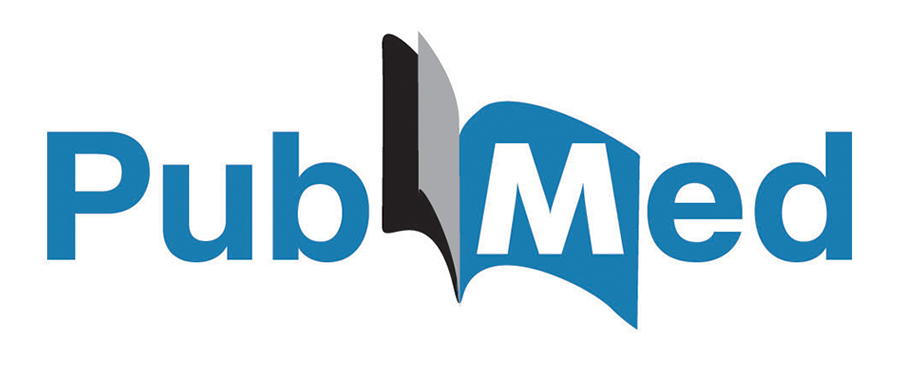
Thomas Yankeelov
The overall goal of my research program is to develop quantitative medical imaging technologies and integrate that data into computational models of cancer for predicting the response of tumors to therapy, and to provide leadership in these areas to the imaging and oncology communities. To achieve this goal, our lab has efforts in predictive biophysical modeling of tumor growth, pre-clinical development and validation, and clinical application.
Historically, biomathematical and biophysical models of tumor growth are limited in their in vivo application because they require input data that are nearly impossible to obtain with sufficient spatial resolution in intact specimens even at a single time point. We have proposed and are now using emerging, quantitative imaging methods to initialize a new generation of predictive models. We hypothesize that imaging based biophysical models of tumor growth can forecast clinical outputs, such as overall response to treatment and time to progression, which will provide opportunities for guided intervention and improved patient care.
The aims of the pre-clinical component of our research program are to develop, critically evaluate, and validate in vivo image data acquisition and analysis methods to yield quantitative (surrogate) biomarkers of the response of tumors to specific treatments. The guiding hypothesis is that treatment type determines which imaging metrics are the most sensitive to early response, thereby enabling specific treatment classes to be paired with specific imaging approaches so that the most sensitive imaging biomarkers can be selected when designing clinical trials. With this approach, imaging techniques could be tailored to individual treatment regimes, consequently having a direct impact on personalized medicine.
The goal of our clinical efforts is to predict the eventual response of cancer patients by characterizing changes in a set of quantitative imaging parameters from baseline to the post-one cycle of therapy time point. The ability to determine patient response at this early time point (as soon as one week after therapeutic initiation) would allow clinicians to tailor therapy for an individual patient based on each patient’s response to a particular agent. The long term goal of this effort is to provide the cancer community with practical data acquisition and analysis protocols that facilitate the translation of advanced imaging technologies into patient management and clinical trials.


